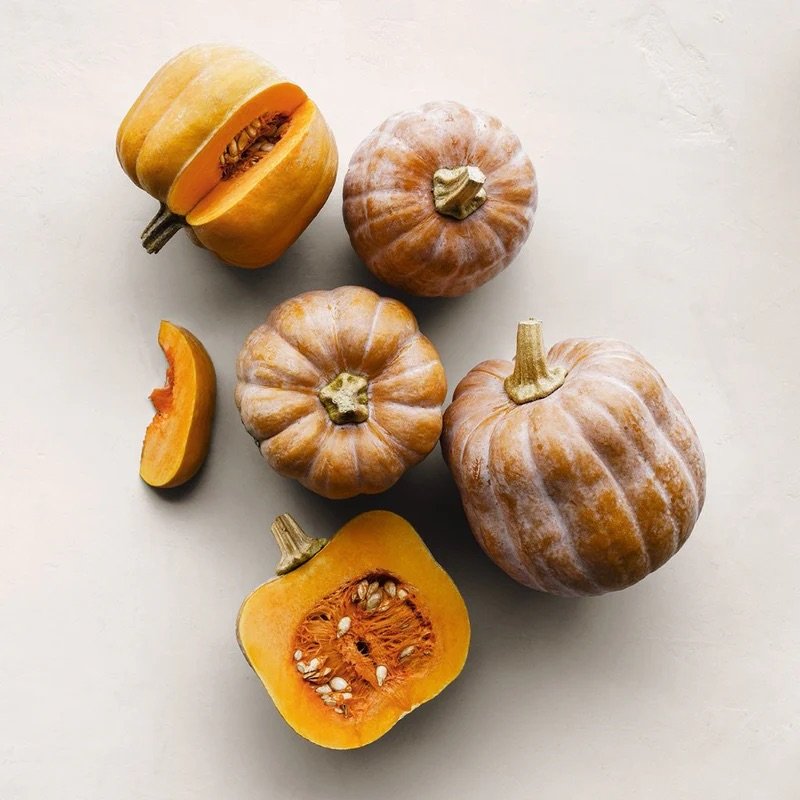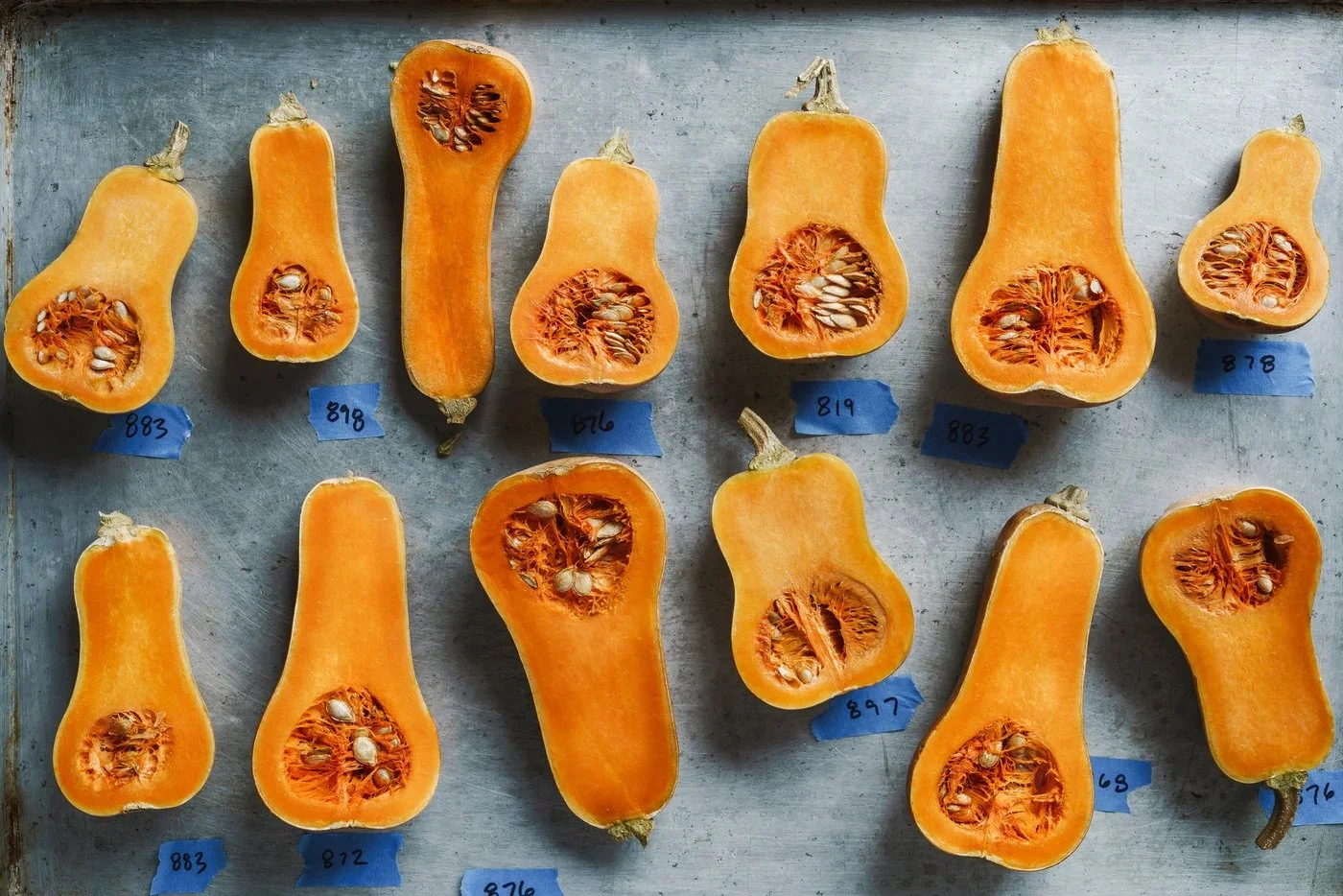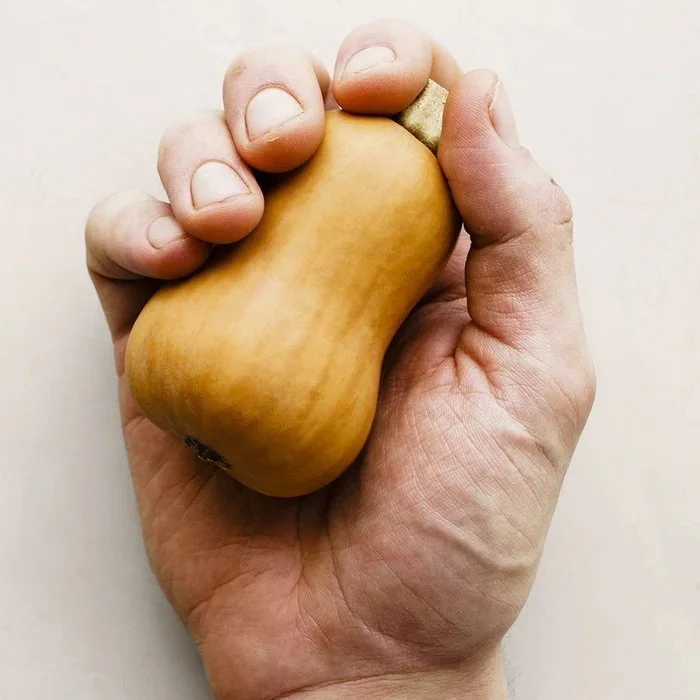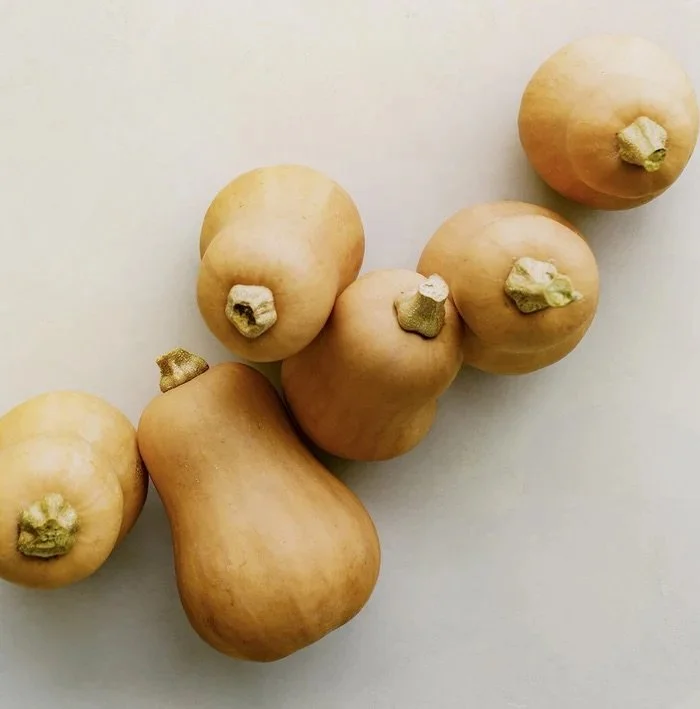Source Report: Winter
By Rocío Siso-Gurriarán
Winter always brings two very vivid food memories for me, both tied to warmth and comfort. One is the simple omelet. It’s the very first thing I ever cooked. In Spain, we eat eggs for dinner several nights a week. When I was as tall as the stove, my mom taught me how to make a runny, fluffy omelet. It was so simple and quick. To this day, eggs are one of my favorite ingredients to cook with.
In the winter, we’d go to the ski resort almost every weekend. In the early morning before we headed out for the day, I’d go to the bakery with my mom to get loaves of bread. The bread was so hot that the car windows would fog up. Before we left for skiing, I’d make a fluffy omelet, folding it inside a half baguette with ham and cheese. My brothers and I would keep it tucked in our jackets, enjoying it on the mountain while we skied all day. Those giant sandwiches were plain and simple, yet so satisfying in the cold.
The memory of the omelet on the ski slope, the warmth of the bread, and the comfort of family always makes me think of how food brings warmth to the coldest of seasons. It's those simple, honest moments that have stayed with me over the years.
As we embrace the winter season here at MIHO, we’re inspired by the same warmth and simplicity. Winter’s harvest brings ingredients that comfort and nourish, and we're excited to share them with you. Whether it's citrus bursting with brightness, hearty root vegetables, or warming leafy greens, we’re celebrating the season's best flavors and the memories they bring to the table.
What’s in season?
Citrus: Oranges, lemons, limes, grapefruits, tangerines, kumquats, and pomelos, offering a fresh, zesty burst of flavor. We source these from Rancho Sol Orangics and Polito Farms.
Persimmons: Fuyu and Hachiya varieties from Rhodes Family Farm are ideal for adding sweetness and texture to salads and roasted dishes.
Pomegranates: Sweet and tangy, perfect for garnishes or as a topping for winter salads, also from Rhodes.
Avocados: Fresh and creamy avocados from Polito Farms are starting their season. There’s nothing better than winter greens with a fresh avocado.
Leafy Greens: Kale, spinach, Swiss chard, collard greens, and lettuces, great for fresh salads and side dishes. Some of the beautiful greens we source are from Gloria Tami Farms The Garden Of…, JR Organics.
Cruciferous Vegetables: Broccoli, cauliflower, cabbage, Brussels sprouts, and kohlrabi from Two Peas in a Pod and Her Produce, all perfect for roasting or in hearty winter stews.
Root Vegetables: Carrots, radishes, beets, parsnips, and turnips from Weiser Faily Farms add a sweet, earthy depth to dishes.
Winter Squash: Acorn, butternut, spaghetti squash, and delicata from Schaner Family Farms offers sweet, nutty flavors ideal for roasting and soups.
Leeks and Green Onions: Milder onions from Milliken Family Farms are perfect for soups, stews, and salads.
Cool-weather Herbs: Parsley, cilantro, fennel fronds, and thyme from Coleman Family Farm and Her Produce add depth and fragrance to winter menus.
Celery: Crisp and fresh from Weiser Family Farms are perfect for soups and fresh salads.
Snap Peas and Snow Peas: Tender and sweet peas from Tutti Frutti Farms are excellent for stir-fries or as a fresh appetizer.
What is regenerative farming? And why is it important?
Regenerative farming directly impacts us by producing healthier, nutrient-dense food while restoring ecosystems, supporting communities, and combating climate change. Regenerative farming is a holistic approach to agriculture that focuses on improving the health of the land, water, and ecosystems while producing food. Unlike conventional farming, which often depletes the soil and requires synthetic inputs like fertilizers and pesticides, regenerative farming works with nature to restore and regenerate the land. It aims to create a balanced, sustainable system that enhances soil fertility, reduces carbon emissions, and promotes biodiversity.
Here’s how it works:
Soil Health: Healthy soil is the foundation of regenerative farming. Practices like cover cropping (planting crops that protect the soil), crop rotation (alternating types of crops in the same area), and no-till farming (avoiding plowing the soil) help to increase organic matter, improve soil structure, and promote soil life, such as earthworms and microbes. This leads to richer, more fertile soil that can hold more water and nutrients.
Composting and Organic Inputs: Instead of synthetic fertilizers, regenerative farms use compost, manure, and other organic matter to fertilize the soil. These organic inputs help rebuild the soil’s ecosystem, adding essential nutrients without damaging the land.
Biodiversity: Regenerative farmers often grow a wide variety of crops, which helps to create more resilient ecosystems. By having different plants, animals, and insects on the farm, farmers can reduce the need for chemical interventions, as the natural predators and pollinators help keep pests and diseases in balance.
Reduced Carbon Footprint: By improving soil health, regenerative farming helps sequester carbon (capture it from the atmosphere and store it in the soil). This is one way regenerative farms help combat climate change. Healthy soils act like a sponge, soaking up carbon and reducing greenhouse gas emissions.
Water Conservation: Healthy soil retains more water, reducing the need for irrigation and helping farms withstand droughts. Regenerative practices like mulching, planting cover crops, and keeping the soil undisturbed prevent erosion and ensure water stays in the soil longer.
Animal Integration: Some regenerative farms also use animals as part of their farming system. Animals like cows, chickens, and sheep help to naturally fertilize the soil, manage weeds, and improve the health of pastures. They are often rotated between grazing areas to prevent overgrazing and to allow the land to regenerate.
In essence, regenerative farming focuses on building a long-term, healthy farming ecosystem that enriches the land instead of depleting it, ensuring that future generations can continue to grow food in a sustainable way. It’s about working with nature, not against it.
A Farm Worth Talking About
Row 7 Seed Company is revolutionizing the way we think about food and farming. Co-founded by chef and sustainability advocate Dan Barber, vegetable breeder Michael Mazourek, and seed producer Matthew Goldfarb, Row 7 exemplifies the power of regenerative practices. Born from Barber’s work at Blue Hill and his vision to create a food system centered on flavor and resilience, the company collaborates with chefs, farmers, and breeders to develop innovative seed varieties. These seeds are not only bred for exceptional taste but also for their ability to thrive in organic and regenerative systems, enriching the soil with every harvest.
This winter, we’re thrilled to feature honey patch squash from Specialty Crop growers, another champion of regenerative farming practices. With its unique flavor and texture, this squash embodies the harmony of delicious food and sustainable agriculture.
By sourcing from forward-thinking farms like Row 7 Seeds, we celebrate fresh, seasonal ingredients while supporting a food system that nourishes both the earth and our menus. This winter, join us in savoring dishes that honor the land and its incredible bounty.








